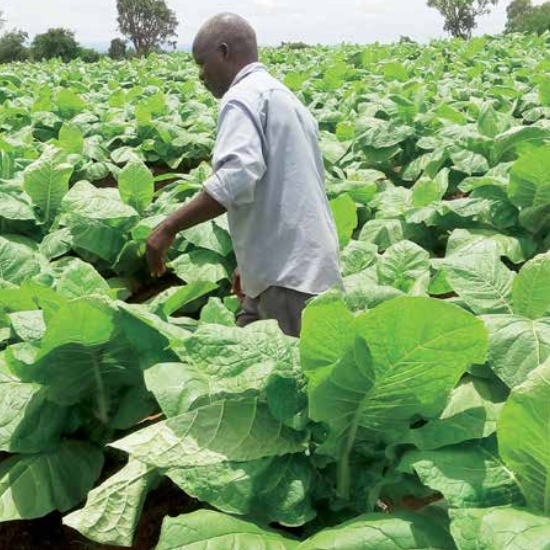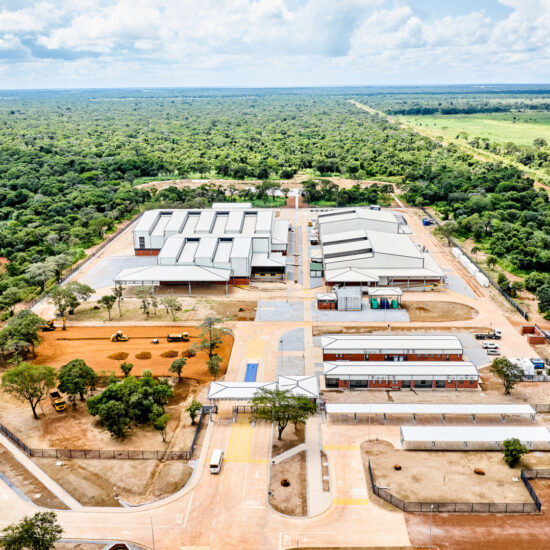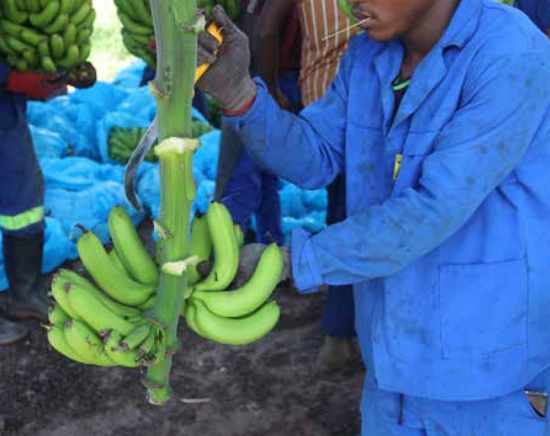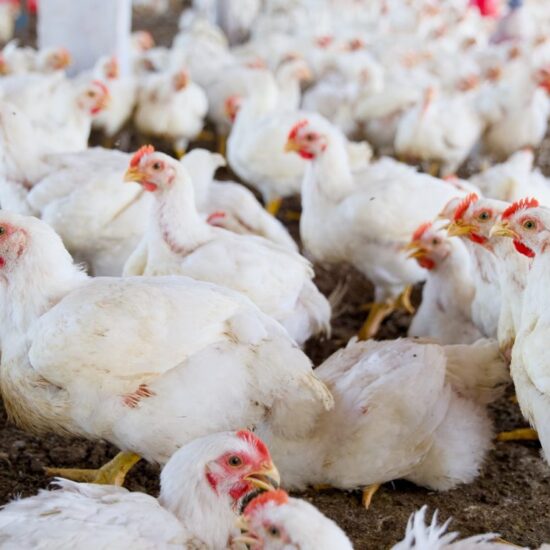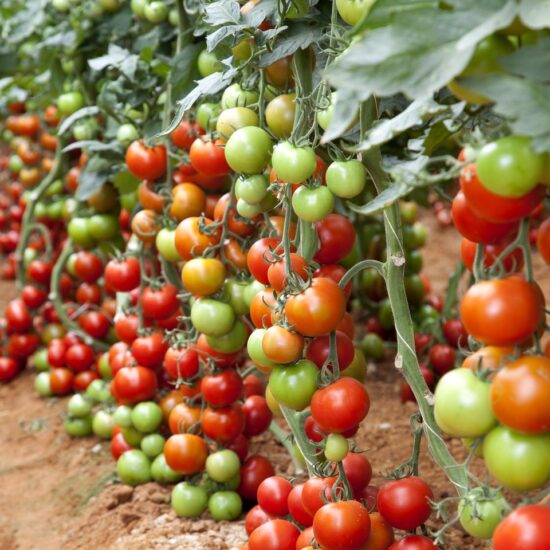
It is now undeniable that Beef, Poultry and generally the meat business is big business. The demand both in Zambia and the export market even to the neighboring countries keeps on expanding. So, why are Zambian’s with all the available land and suitable weather and climatic conditions not taking advantage of this lucrative and expanding market?
Experts are saying that Zambia needs to aggressively expand veterinary services and build more centers that farmers can easily take their animals or birds if the country is to realize the goal of becoming a net exporter of meat and meat products.
Livestock experts argue that just like human population growth is aided by provision of more hospitals and clinics to adequately deal with infant mortality and disease, so do animals also. Moreover, aggressive growth of the livestock sector will take to take on board small scale farmers who will need these veterinary and extension support services for their animal and bird populations to thrive.
A check with the Ministry of Fisheries and Livestock through Permanent Secretary Dr. Benson Mwenya revealed that there is a lot of room for improvement in the provision of veterinary services as the country seeks to increase the animal population.
Speaking in an exclusive interview with the Zambian Business Times-ZBT, Dr. Mwenya said a country that has many animals should expect to have many diseases, therefore there is need to increase the number of veterinary hospitals if livestock population is to increase.
Dr. Mwenya said the ministry is focusing on putting up veterinary services in places that have a high animal population. He acknowledged that the country does not have enough veterinarians and most of the veterinary hospitals are private owned and are concentrated where there are many animals.
He said that Zambia has five regional veterinary laboratories and had veterinary offices in every district, which look at animal diseases, outbreaks and diagnostics.
“One is in Ndola which is not yet completed, one in Mongu, another in Kasama, Isoka, Choma and Chipata, these are regional laboratories, that’s what we have as a government”, he said.
He said the biggest laboratory in the country is the Central Veterinary Research Institute where samples are taken from district veterinary offices to do the analysis and once results are ready, they are sent back to the districts.
He added that government set up regional veterinary facilities so that instead of district offices taking samples to the Central Veterinary Research Institute, people can take their samples taken to the regional laboratories, which saves time and animal lives.
Dr. Mwenya said government tries to marry the number of animals to the facilities, therefore it focuses on putting up more veterinary facilities in places that have a high animal population, but it is now trying to put up livestock service centres in every corner of the country in order to improve service delivery and leverage the potential in some areas that have not historically had huge animal populations.
He mentioned that there are a few vet camps compared to agricultural camps, adding that some of these vet camps are huge, so government is planning to demarcate them into smaller camps so that veterinary personnel maintain each camp.
“We need to increase our animal population because we need to meet the demand and consume more milk and meat than we are consuming right now for nutritional purposes. Zambia can even start exporting and earn foreign exchange because there is a market outside”, he said.


